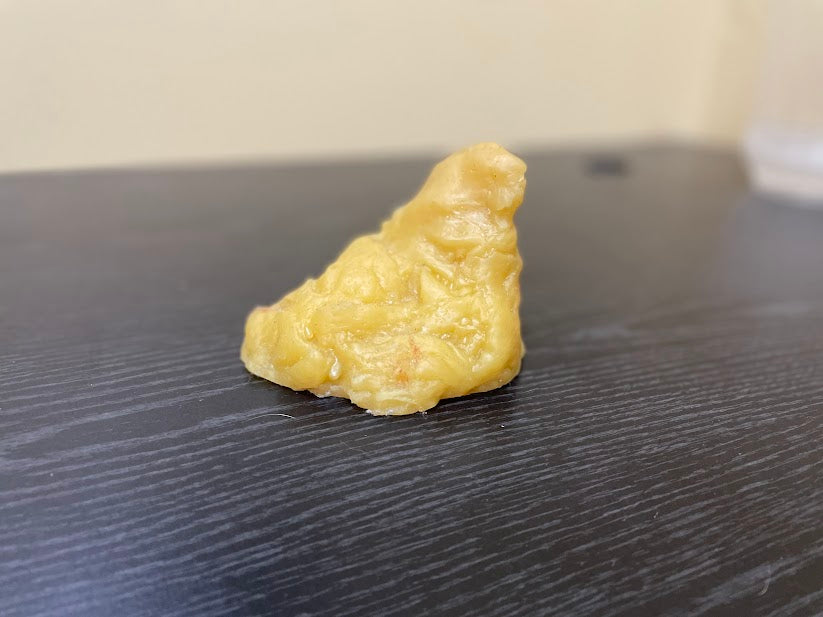
Unlocking Fat Burning: How to Maximize Fat Oxidation with Smart Training
When you hit the gym—whether you're pushing hard or just getting started—there's one thing happening behind the scenes: your body is working to maximize fat oxidation. Even if you're not aware of it, this is a key part of every workout. So, what exactly is fat oxidation? Simply put, it’s the process of breaking down fatty acids in your body. And for fat oxidation to truly work its magic, these fatty acids need to be used as fuel for energy. This happens when they're transported to the mitochondria—the powerhouse of your cells—where energy is produced in the form of ATP.
The fatty acids that fuel fat oxidation mostly come from intramuscular triglycerides, which are fat stores in your muscle fibers. For up to two hours of steady exercise, these triglycerides provide the fuel needed. The fitter you are, the better your body is at storing and burning these fats, making your energy use more efficient.
At very low intensity (like working out at 25% of your VO2 max), fat oxidation accounts for about 90% of your energy expenditure. To put it in simpler terms, you could easily carry on a conversation at this intensity, and you’d be able to keep going for hours. On the other hand, for those in better shape or with higher fitness levels, fat oxidation hits its peak during more moderate exercise, around 60-65% of VO2 max. This varies depending on factors like gender and how trained someone is.
Training to Maximize Fat Oxidation
There are several proven ways to optimize fat oxidation through different types of training. Let's break down a few:
1. Low-Intensity Endurance Training
This type of training involves low-effort cardio exercises like walking, light jogging, cycling, or swimming. It's done at around 50% of your VO2 max, and typically lasts 20 to 60 minutes. Low-intensity endurance training is ideal for people who are just starting out, have lower fitness levels, or deal with physical limitations like arthritis or chronic pain.
In fact, a recent study showed that after 8 weeks of low intensity cycling (at 50% VO2 max, four times a week for an hour), overweight and obese adults improved their fat oxidation by about 30%. This form of exercise is accessible and effective, making it an easy way to boost fat burning and energy use.
2. Moderate-Intensity Continuous Training
Moderate-intensity continuous training takes it up a notch. It's cardio-based exercise performed at or near your maximum fat-burning zone, which is around 60% of your VO2 max. Using the "talk test," you know you’re in this zone when you can only say a few words before needing to catch your breath. If you're struggling to talk at all, you’re probably pushing too hard and should dial it back a bit.
This form of training triples the amount of fatty acids available in your bloodstream and boosts their transport into your muscles to be burned as fuel. Research shows that doing 40 minutes of moderate-intensity training, three times a week for 12 weeks, increases fat oxidation by 10% and improves your overall fitness (VO2 max) by 12%. In short, this means better fat-burning efficiency and improved cardiovascular fitness.
3. Low- and High-Volume Resistance Training
While resistance training is often linked to building muscle and preventing age-related decline in strength and bone density, it’s also one of the most powerful tools for burning fat.
A study found that 4 months of low-volume resistance training (3 sets of 8-12 reps at 70% of your 1-rep max) led to a 41% increase in muscular strength and a 3% decrease in body fat. Even more impressive, when the training was increased to 6 sets per exercise (high volume), participants saw a significant reduction in waist circumference—a clear indicator of reduced abdominal fat. The higher workload likely increased overall calorie burn, which helped trim belly fat.
Integrating Fat Oxidation into Your Fitness Plan
All of Specimen Training’s training programs are built around resistance training and thoughtfully designed to include low-intensity endurance and moderate-intensity continuous training. They're scientifically proven to maximize fat oxidation and deliver the most outstanding results in the least amount of time.
C'mon, let’s chisel!